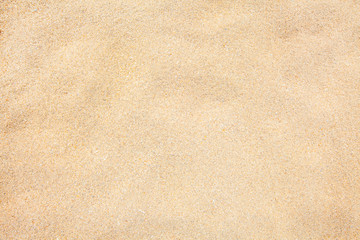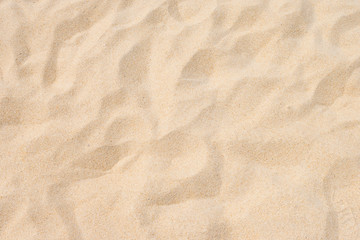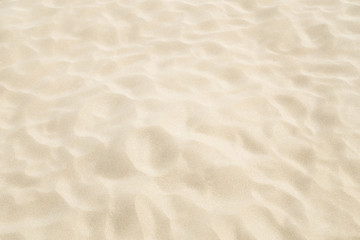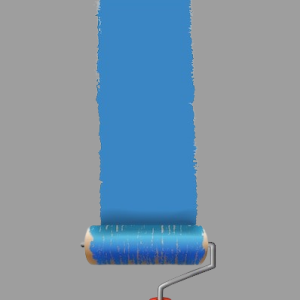Gypsum sand is a unique type of sand composed primarily of gypsum crystals. It is distinct from regular sand, which is typically composed of quartz. Here are some key characteristics and facts about gypsum sand:
- Composition: Gypsum sand is made up of gypsum grains, which is a soft sulfate mineral composed of calcium sulfate dihydrate (CaSO₄·2H₂O). The grains are typically white or translucent, giving the sand a light, bright appearance.
- Formation: Gypsum sand forms in areas with high evaporation rates, such as desert environments. It can occur where water bodies rich in dissolved gypsum dry up, leaving behind gypsum crystals that break down into sand-sized particles.
- Location: One of the most famous locations with extensive gypsum sand dunes is White Sands National Park in New Mexico, USA. This park is home to the largest gypsum dune field in the world, covering approximately 275 square miles.
- Properties: Gypsum sand is much softer than quartz sand. It can be scratched easily with a fingernail. The grains are usually more rounded and less angular than quartz sand grains, which gives gypsum sand a smoother feel.
- Uses: While not typically used in construction like regular sand, gypsum has various industrial uses. It is used to make drywall, plaster, and as a fertilizer and soil conditioner in agriculture. Gypsum sand itself is mainly of geological and ecological interest.
- Ecology: The unique properties of gypsum sand create a special environment that supports unique plant and animal species adapted to the high calcium and sulfate content of the soil. It also helps create striking white landscapes that are visually stunning.
Overall, gypsum sand is an interesting and distinct type of sand notable for its composition, formation, and the unique environments it creates and supports.











Reviews
There are no reviews yet.